Matthew Hall - The Imagination of Plants: A Book of Botanical Mythology
Here you can read online Matthew Hall - The Imagination of Plants: A Book of Botanical Mythology full text of the book (entire story) in english for free. Download pdf and epub, get meaning, cover and reviews about this ebook. year: 2019, publisher: SUNY Press, genre: Romance novel. Description of the work, (preface) as well as reviews are available. Best literature library LitArk.com created for fans of good reading and offers a wide selection of genres:
Romance novel
Science fiction
Adventure
Detective
Science
History
Home and family
Prose
Art
Politics
Computer
Non-fiction
Religion
Business
Children
Humor
Choose a favorite category and find really read worthwhile books. Enjoy immersion in the world of imagination, feel the emotions of the characters or learn something new for yourself, make an fascinating discovery.
- Book:The Imagination of Plants: A Book of Botanical Mythology
- Author:
- Publisher:SUNY Press
- Genre:
- Year:2019
- Rating:4 / 5
- Favourites:Add to favourites
- Your mark:
The Imagination of Plants: A Book of Botanical Mythology: summary, description and annotation
We offer to read an annotation, description, summary or preface (depends on what the author of the book "The Imagination of Plants: A Book of Botanical Mythology" wrote himself). If you haven't found the necessary information about the book — write in the comments, we will try to find it.
Plants have a remarkable mythology dating back thousands of years. From the ancient Greeks to contemporary Indigenous cultures, human beings have told colorful and enriching stories that have presented plants as sensitive, communicative, and intelligent. This book explores the myriad of plant tales from around the world and the groundbreaking ideas that underpin them. Amid the key themes of sentience and kinship, it connects the anemone to the meaning of human life, tree hugging to the sacred basil of India, and plant intelligence with the Finnish epic The Kalevala. Bringing together commentary, original source material, and colorful illustrations, Matthew Hall challenges our perspective on these myths, the plants they feature, and the human beings that narrate them.
Matthew Hall is Associate Director of Research Services at Victoria University of Wellington, in New Zealand. He is the author of Plants as Persons: A Philosophical Botany, also published by SUNY Press.
Matthew Hall: author's other books
Who wrote The Imagination of Plants: A Book of Botanical Mythology? Find out the surname, the name of the author of the book and a list of all author's works by series.




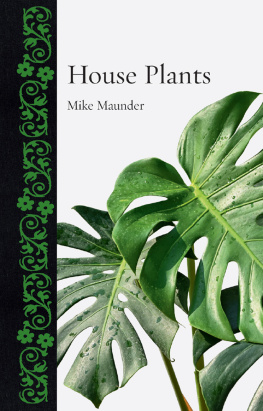

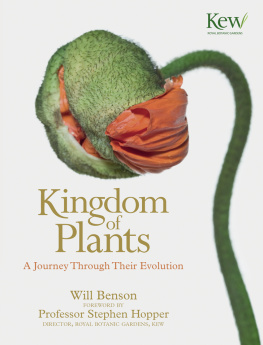
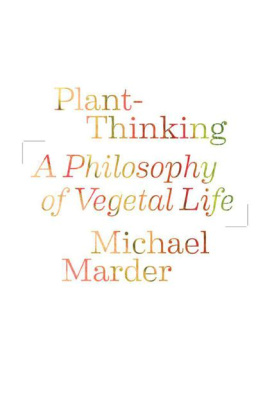
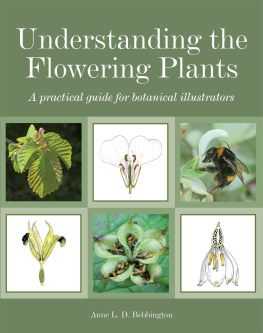

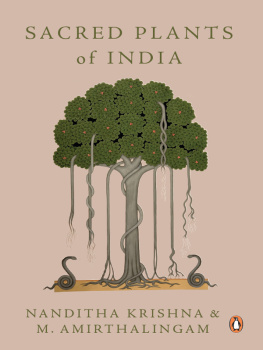










 The myrtle ( Myrtus communis ), the plant into which Polydorus was transformed. Ulisse Aldrovandi, 15501605. Biblioteca Universitaria di Bologna, Ms. 124, Tavole di piante , vol. II, c. 176. Alma Mater Studiorum Universita di BolognaBiblioteca Universitaria di Bologna.
The myrtle ( Myrtus communis ), the plant into which Polydorus was transformed. Ulisse Aldrovandi, 15501605. Biblioteca Universitaria di Bologna, Ms. 124, Tavole di piante , vol. II, c. 176. Alma Mater Studiorum Universita di BolognaBiblioteca Universitaria di Bologna.